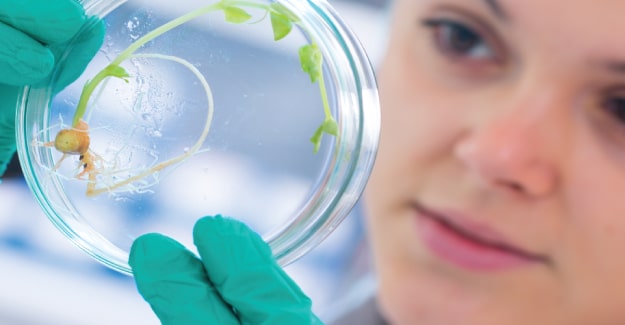How to Become a Biomedical Laboratory Practitioner

1. Earn a Bachelor's Degree (4 Years)
Due to the varied nature of public health, most science-intensive undergraduate programs will be sufficient for entering the field.
Aspiring students should choose an area of the sciences that they are most interested in and tailor their education from a public health perspective.
The preparation timeline below outlines the suggested courses:
| Grade Level | Example Courses |
| Freshman |
|
| Sophomore |
|
| Junior |
|
| Senior |
|
2. Take the Medical College Admission Test (MCAT) or Graduate Requisite Exam (GRE)
To be admitted into medical school, candidates must first take the MCAT, or Medical College Admission Test, a 7.5 hour, standardized, multiple choice exam used to assess the applicant's knowledge of science, reasoning, communication, and writing skills.
The MCAT is divided into four sections:
| Section | Section Breakdown |
| Biological & Biochemical Foundations of Living Systems |
|
| Chemical & Physical Foundations of Biological Systems |
|
| Psychological, Social, & Biological Foundations of Behavior |
|
| Critical Analysis & Reasoning Skills |
|
You can find study materials, MCAT registration, and your test scores on the AAMC website.
3. Gain Relevant Experience
Since biomedical and laboratory practice encompasses so many individual jobs, its important to find relevant experience in the field you're wanting to become a professional in.
If you cannot get experience working directly in your field, look for opportunities in your area doing internships, working in lower positions in a hospital or clinic, or any other avenue of gaining experience. If you know someone in the field, even better.
4. Earn a Master's Degree (2 Years)
A master’s degree in public health is required. One of the following five courses of the five core public health areas must be taken while completing a graduate degree:
- Behavioral sciences
- Biostatistics
- Environmental health
- Epidemiology
- Health Services Administration
Courses in addition to these are required to complete a master’s degree in public health. Recognized schools in this field can be found in the website of the Association of Schools & Programs of Public Health. For a complete list of accredited schools and programs, visit the website of Council on Education for Public Health.
5. Maintain Certification Through Continuing Education
Depending on your area of expertise, there are certifications that must be maintained through continuing education that's designed to keep you on the forefront of current medical knowledge and practices. Certifications have different CE requirements that vary wildly.